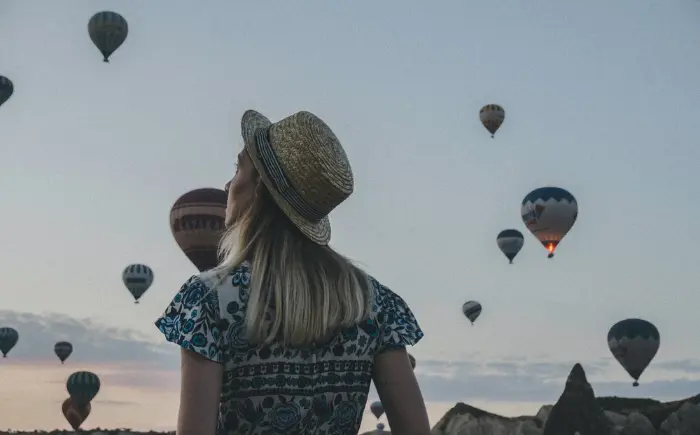Prefer JPG
Opting for the JPG format during travel photography can have several advantages, especially when you need to manage storage efficiently or require faster post-processing. Here's why choosing JPG might be beneficial during your travels:
-
File Size: JPG images are compressed and have smaller file sizes compared to RAW files. This is crucial while traveling because you'll likely be taking thousands of photos, and smaller files mean you can store more pictures without needing numerous memory cards or constant backups to external storage devices.
-
Speed: Smaller files not only save space but also allow for faster shooting speeds, which is particularly useful when capturing images in burst mode (continuous shooting). This is often necessary in travel photography when you're trying to capture the perfect moment.
-
Convenience: JPGs are ready-to-use. They are processed within the camera, with settings like contrast, sharpness, color saturation, and white balance being applied based on your camera's current settings, saving you time in post-processing. This is particularly useful when on the move and with limited time or resources to edit RAW files.
-
Compatibility: Virtually all devices and software support the JPG format. This widespread compatibility is essential when you're traveling and may have limited access to your usual devices or software. Whether you need to use a hotel business center's computer, upload to a web platform, or print photos at a local shop, you'll find that JPGs are universally accepted.
However, while JPG has many advantages for travel photography, especially concerning convenience and storage, it's important to remember that this comes at the expense of image quality and flexibility in editing. JPGs are compressed and lose some data in this process, which can affect the photo quality, particularly in challenging lighting conditions. If you're planning to heavily edit your photos, print in large formats, or potentially use them professionally, shooting in RAW might be more beneficial despite the larger file sizes and additional processing time required.
Many modern cameras offer the option to shoot in both RAW and JPG simultaneously, allowing you to have each photo in both formats, which can provide a good balance if you're willing to manage the extra storage this requires. This way, you have the convenience of JPG for quick sharing and the quality of RAW for serious editing or large prints.

